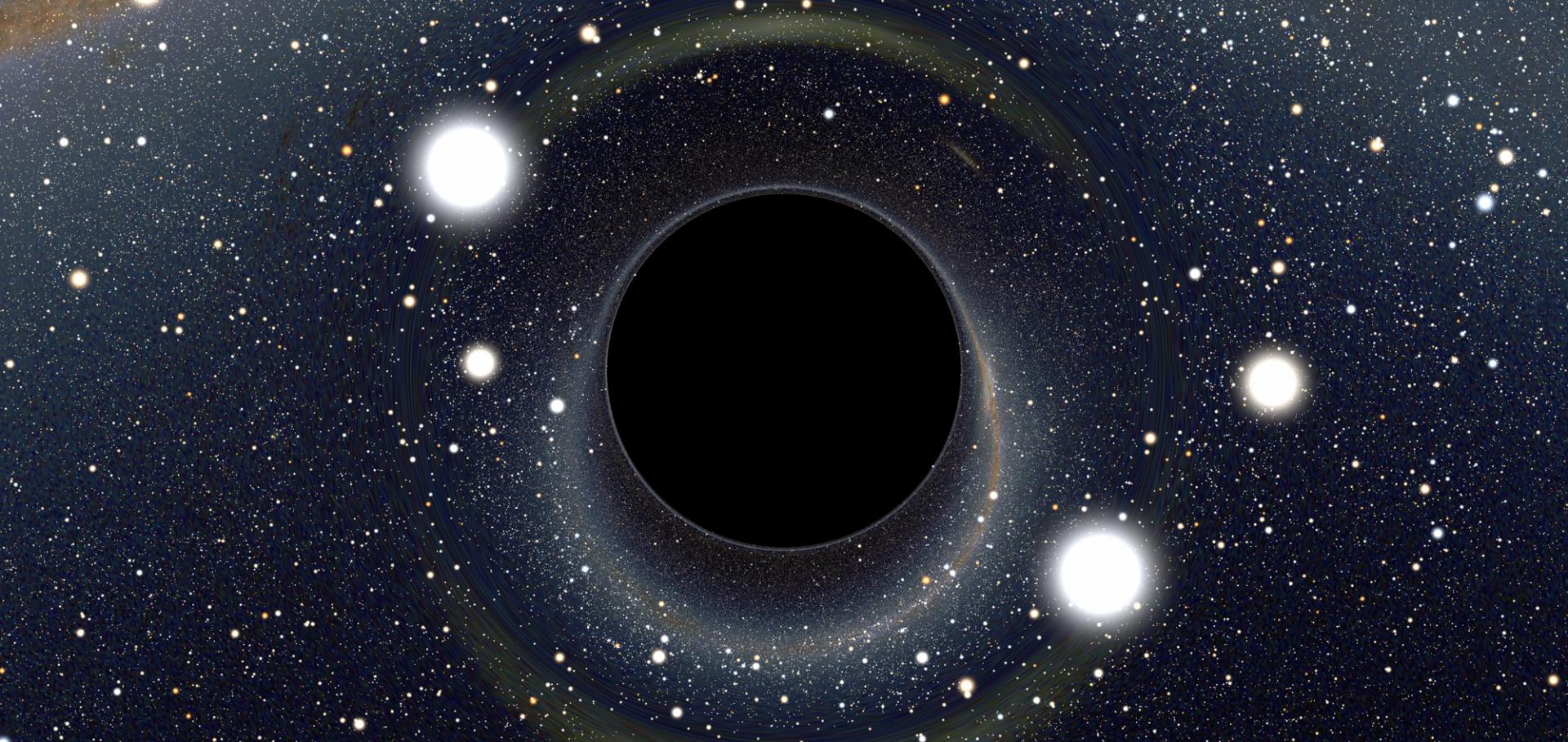Detection and localization of the highly active FRB 20240114A with MeerKAT
Monthly Notices of the Royal Astronomical Society Oxford University Press (OUP) 533:3 (2024) 3174-3193
A study of two FRBs with low polarization fractions localized with the MeerTRAP transient buffer system
Monthly Notices of the Royal Astronomical Society Oxford University Press (OUP) 532:4 (2024) 3881-3892
An emission-state-switching radio transient with a 54-minute period
Nature Astronomy Nature Research 8:9 (2024) 1159-1168
Abstract:
Long-period radio transients are an emerging class of extreme astrophysical events of which only three are known. These objects emit highly polarized, coherent pulses of typically a few tens of seconds duration, and minutes to approximately hour-long periods. Although magnetic white dwarfs and magnetars, either isolated or in binary systems, have been invoked to explain these objects, a consensus has not emerged. Here we report on the discovery of ASKAP J193505.1+214841.0 (henceforth ASKAP J1935+2148) with a period of 53.8 minutes showing 3 distinct emission states—a bright pulse state with highly linearly polarized pulses with widths of 10–50 seconds; a weak pulse state that is about 26 times fainter than the bright state with highly circularly polarized pulses of widths of approximately 370 milliseconds; and a quiescent or quenched state with no pulses. The first two states have been observed to progressively evolve over the course of 8 months with the quenched state interspersed between them suggesting physical changes in the region producing the emission. A constraint on the radius of the source for the observed period rules out an isolated magnetic white-dwarf origin. Unlike other long-period sources, ASKAP 1935+2148 shows marked variations in emission modes reminiscent of neutron stars. However, its radio properties challenge our current understanding of neutron-star emission and evolution.A Needle in a Cosmic Haystack: A Review of FRB Search Techniques
Universe MDPI 10:4 (2024) 158
Rapid spin changes around a magnetar fast radio burst
Nature Springer Nature 626:7999 (2024) 500-504


